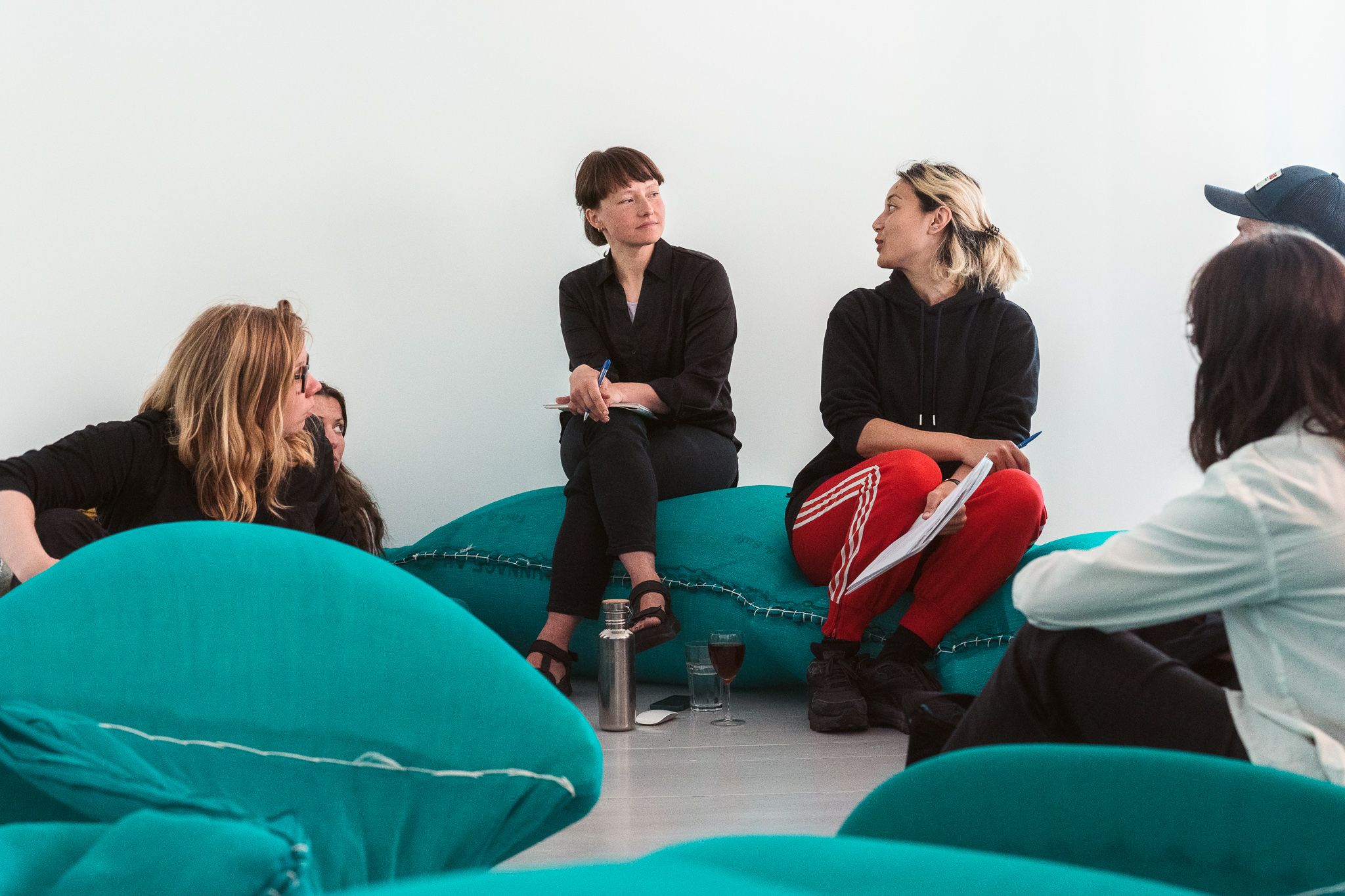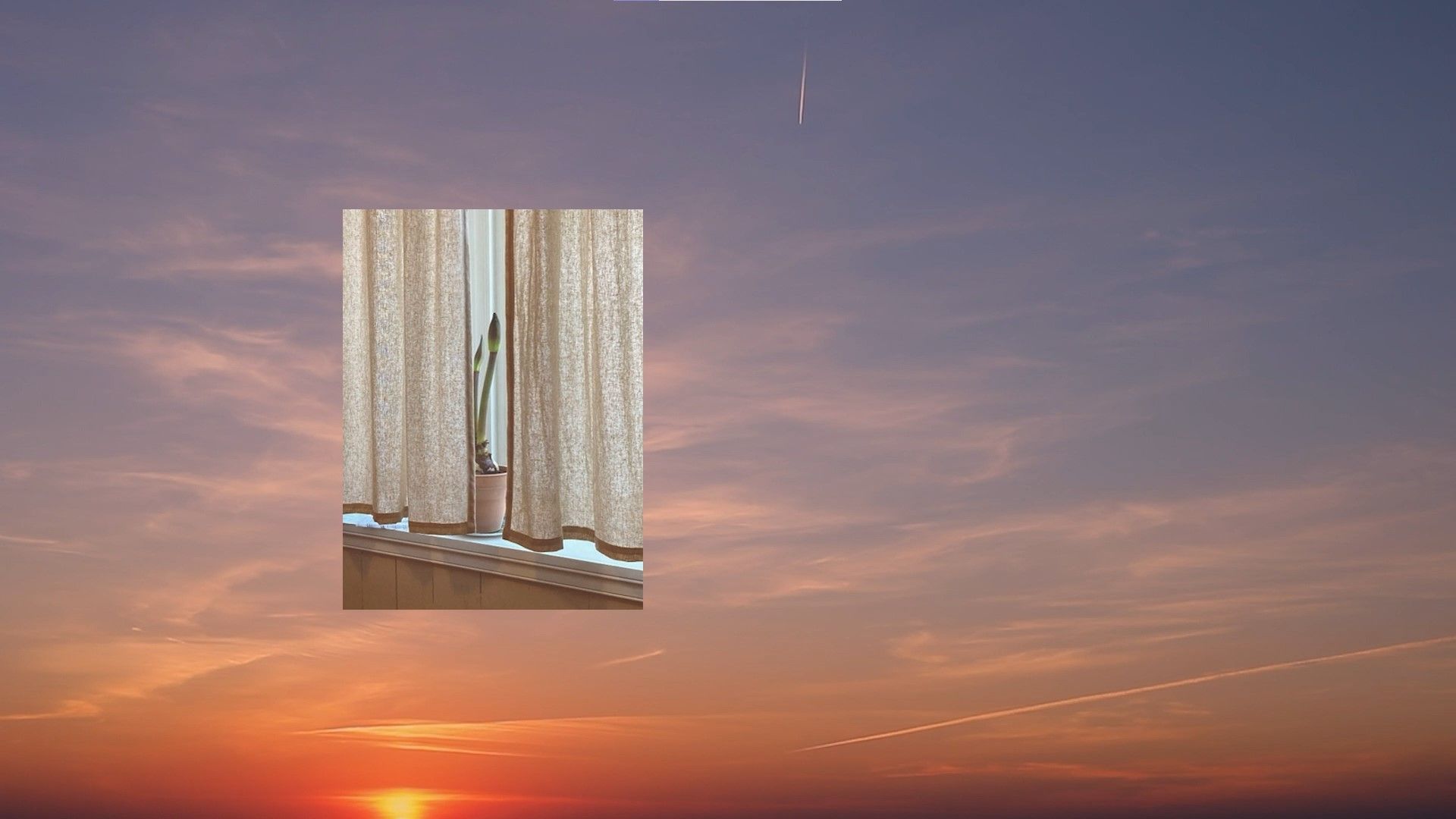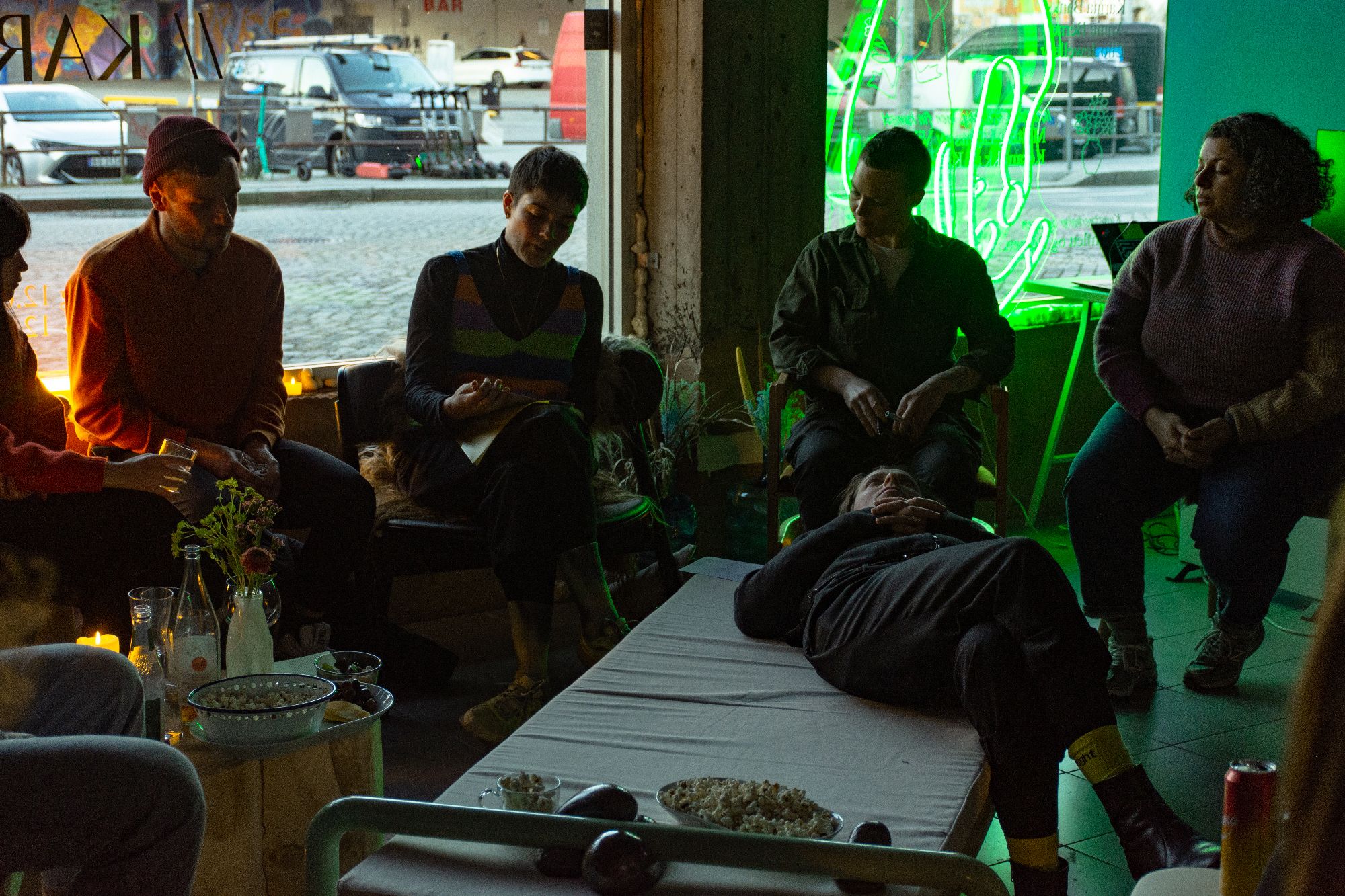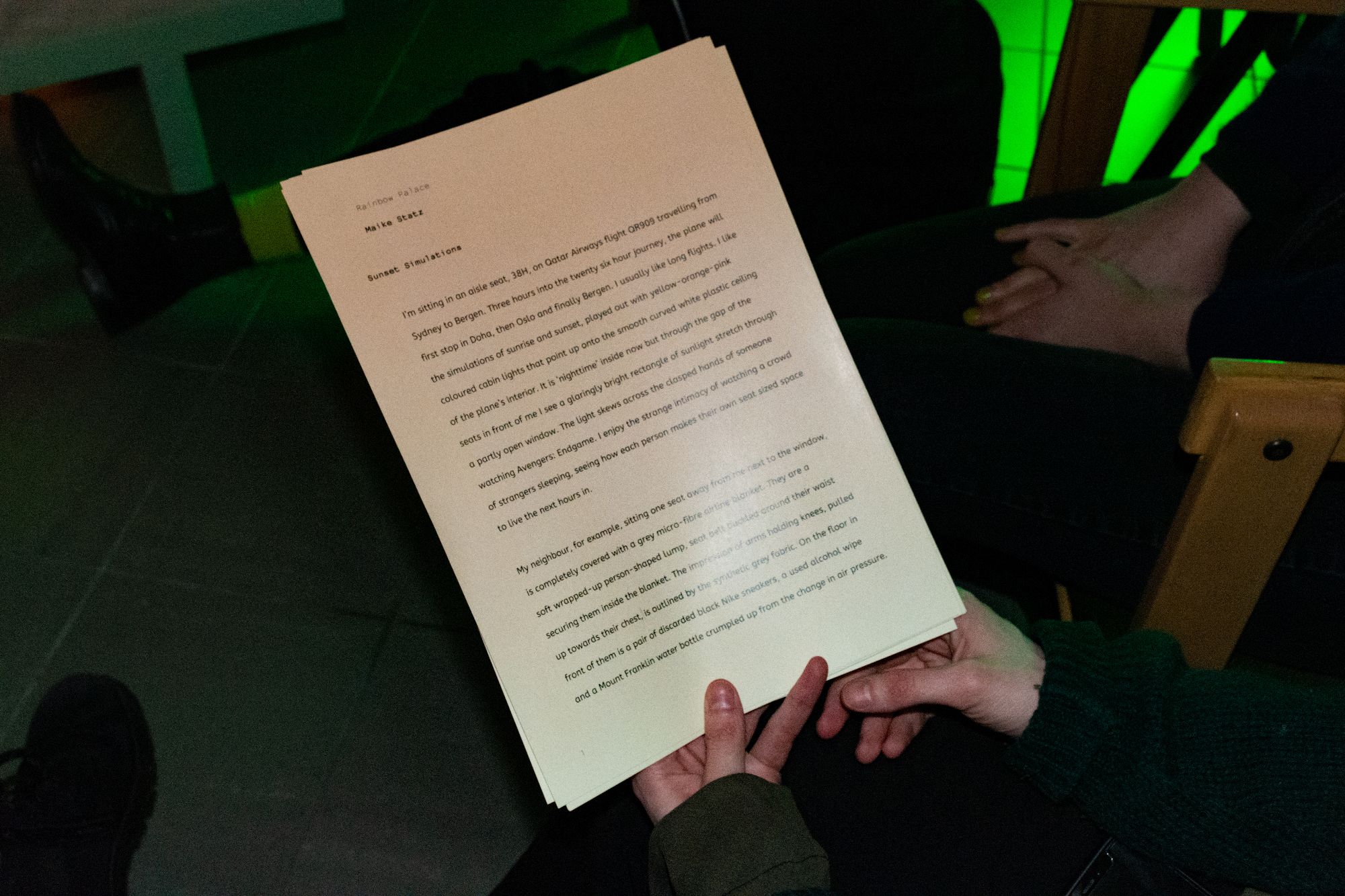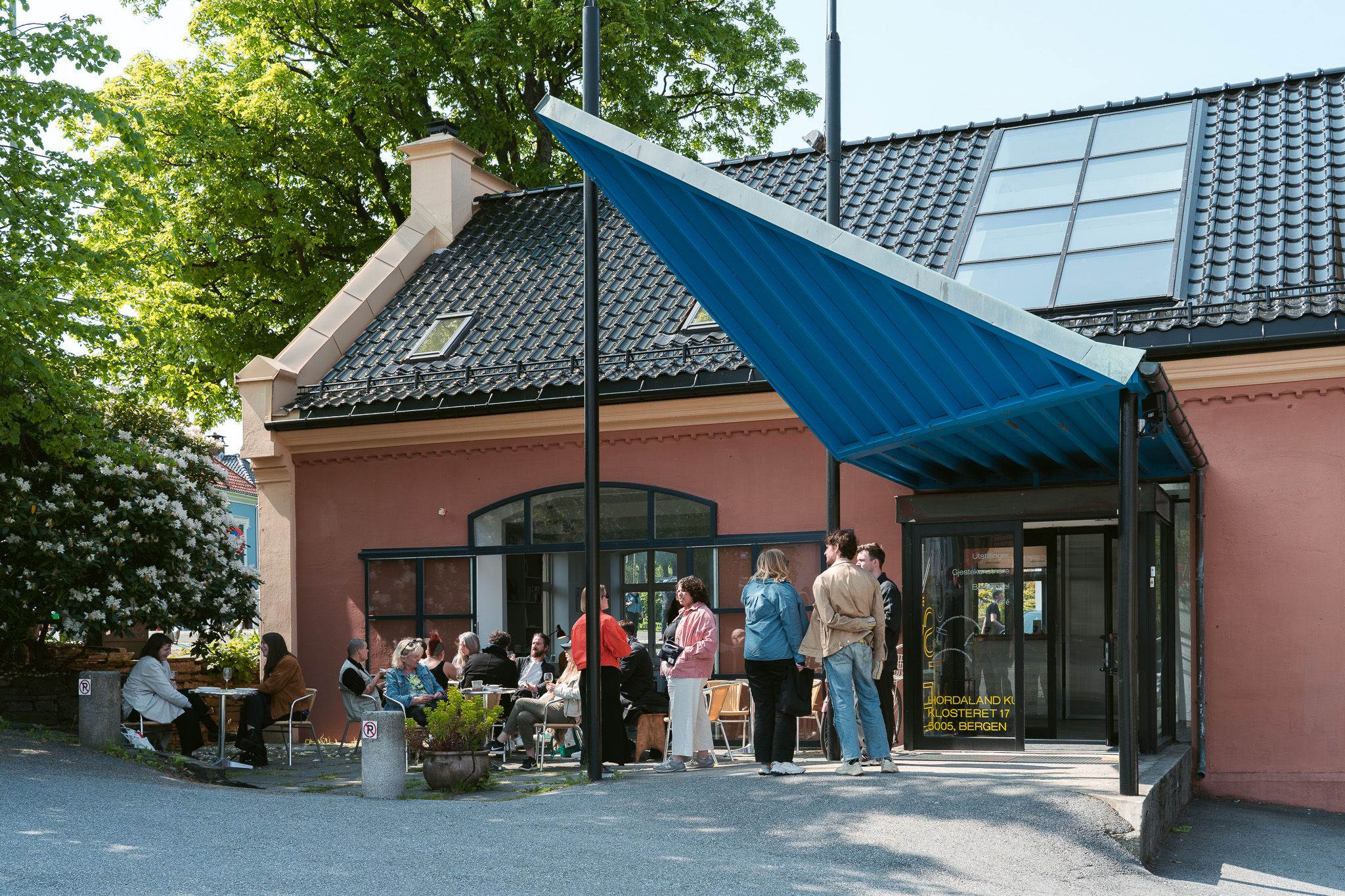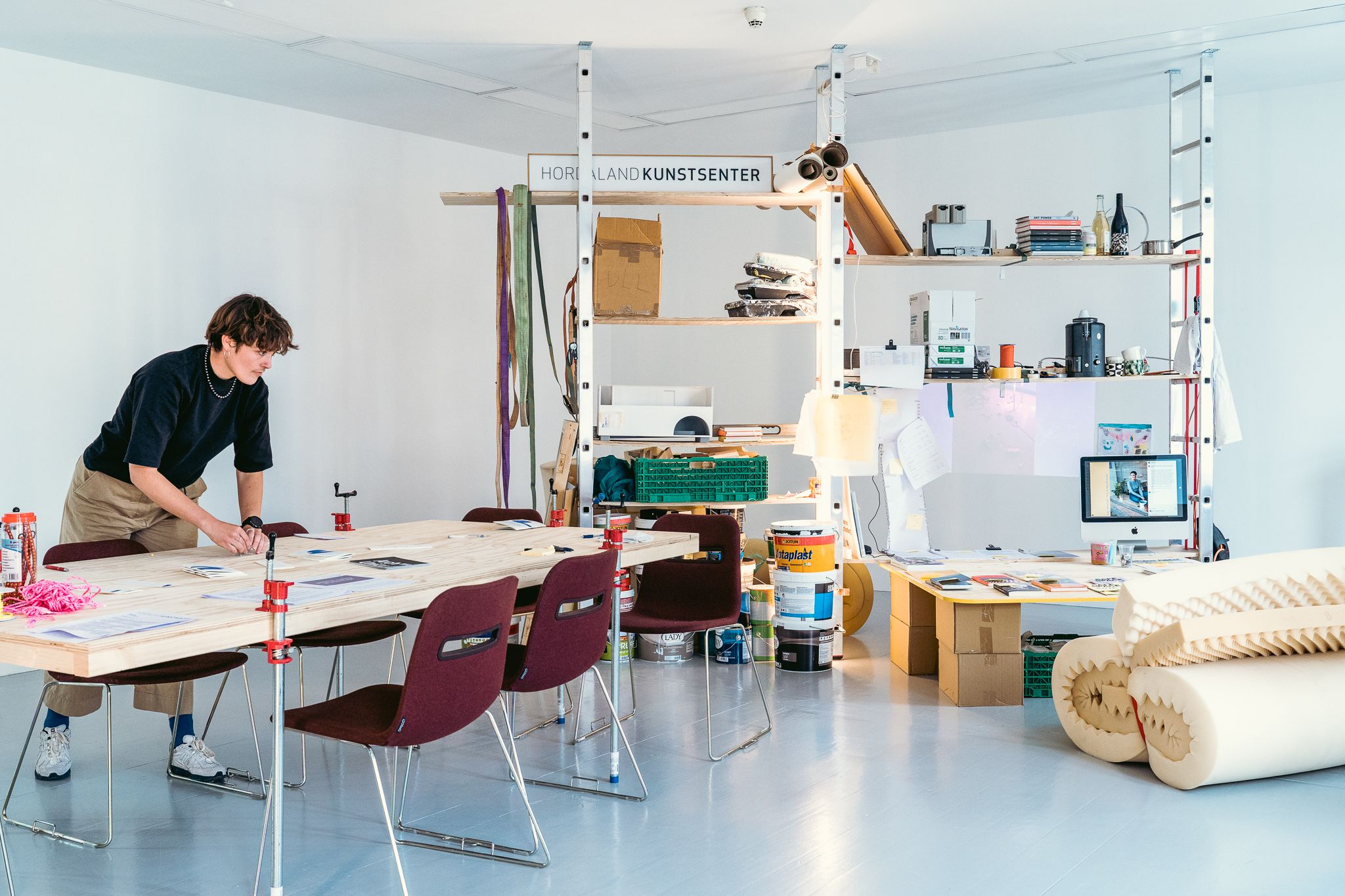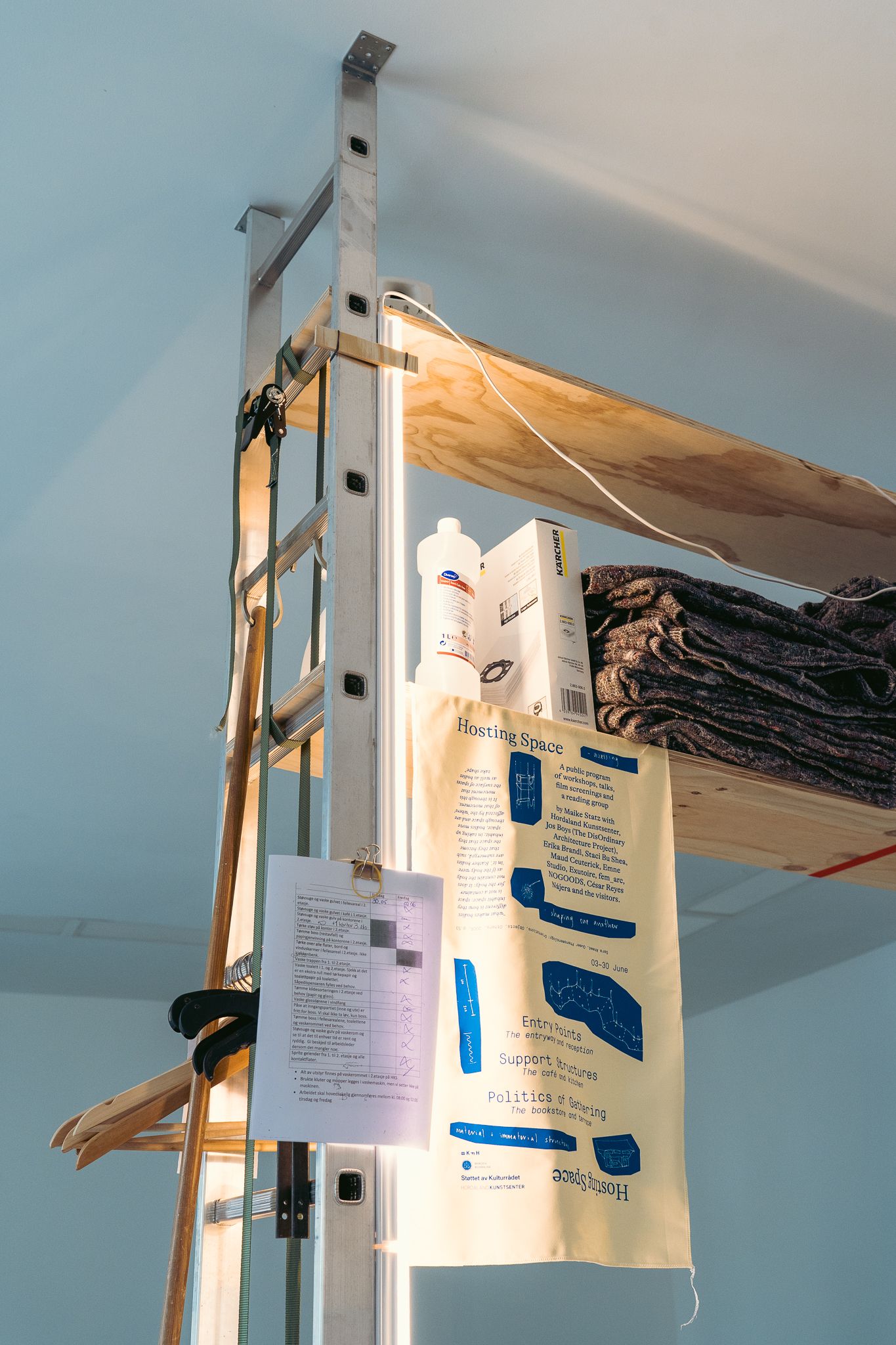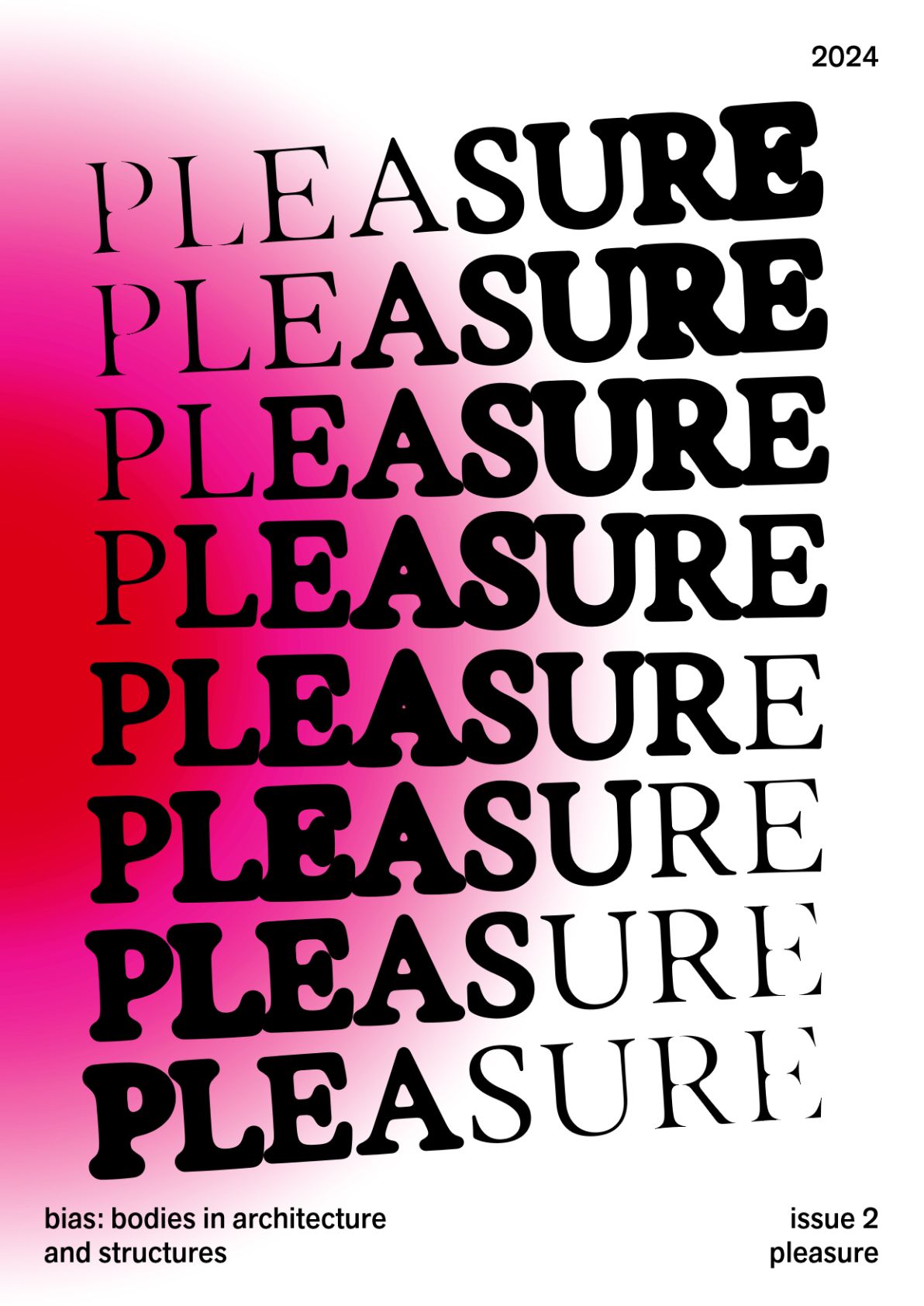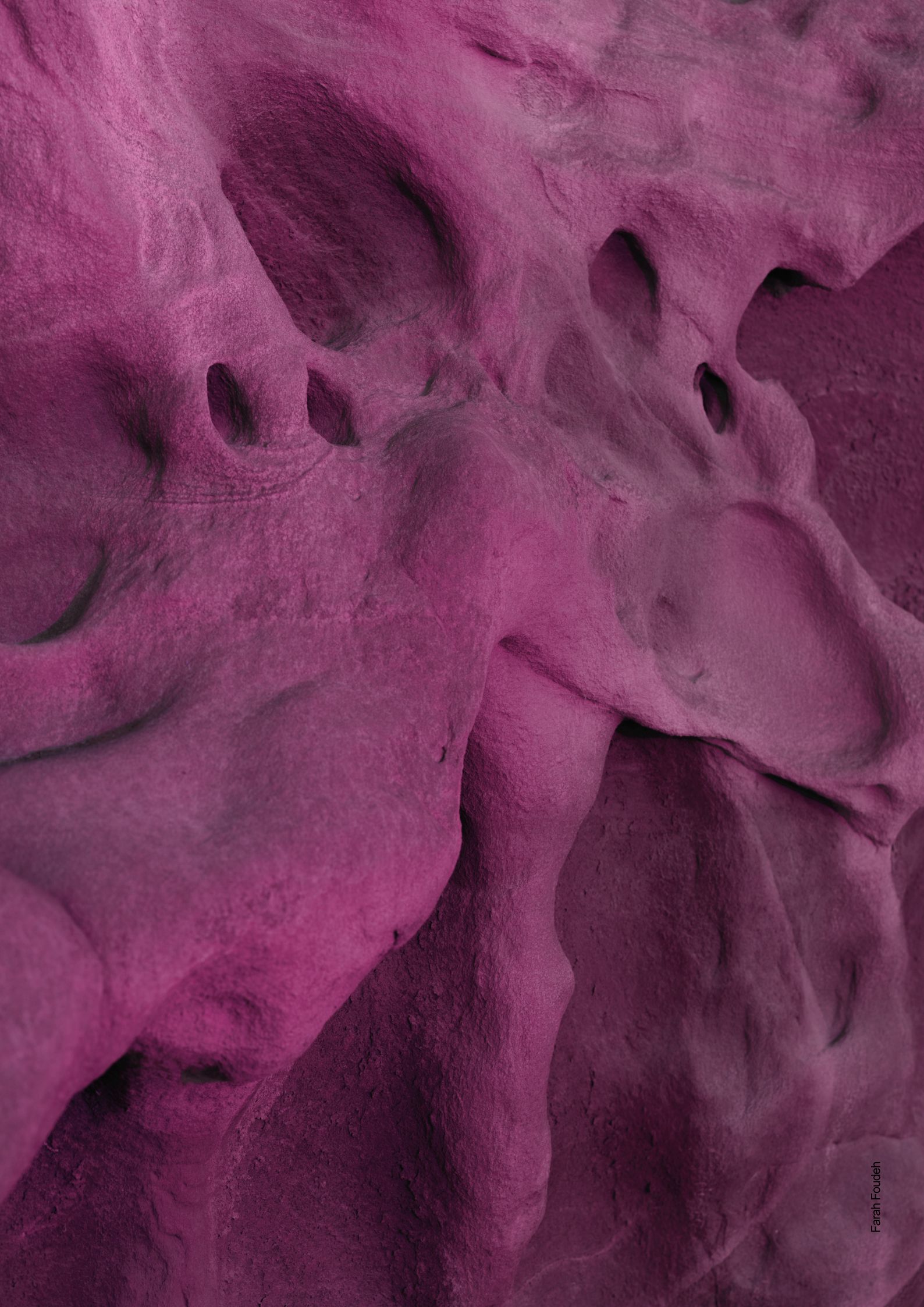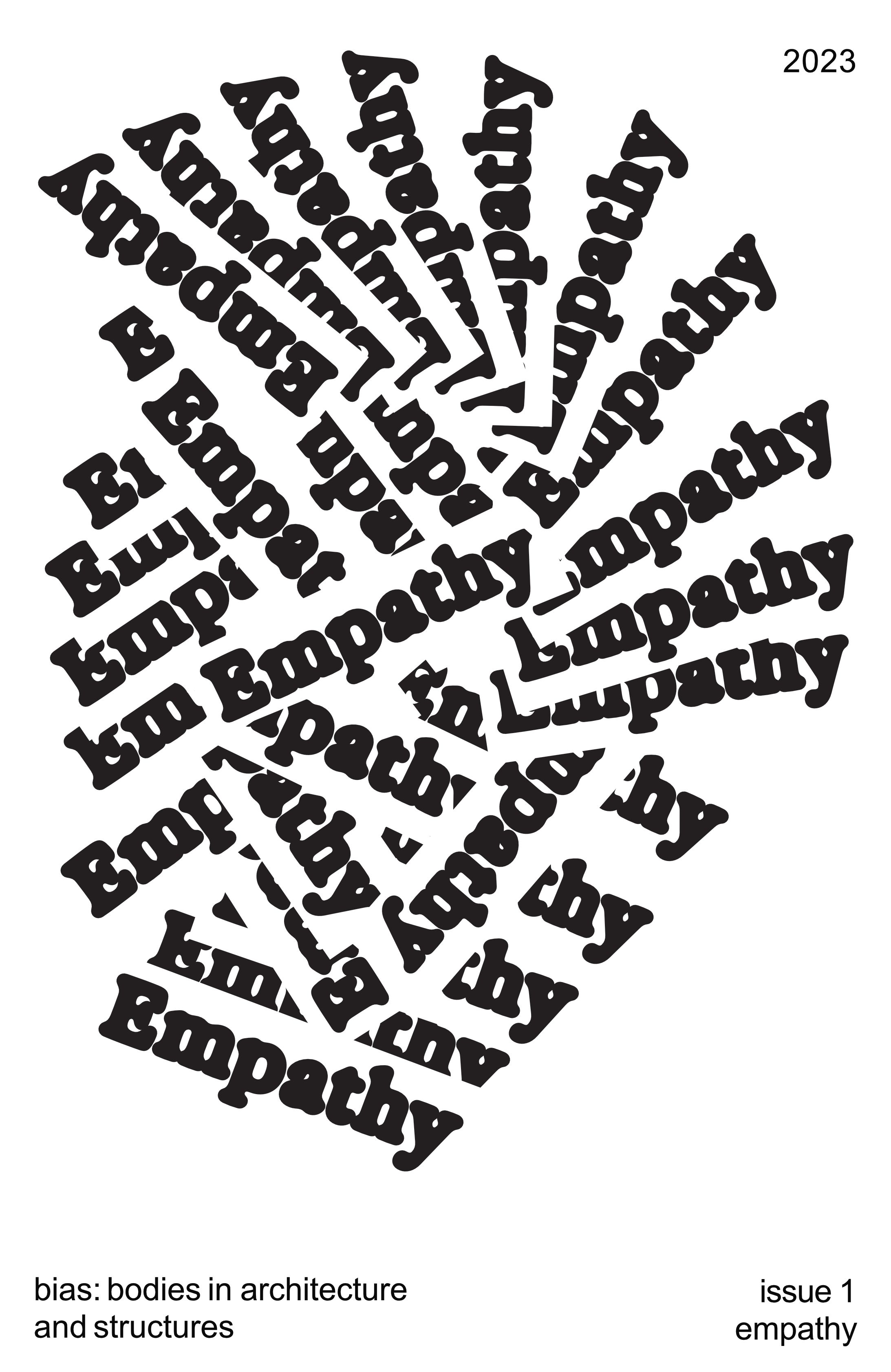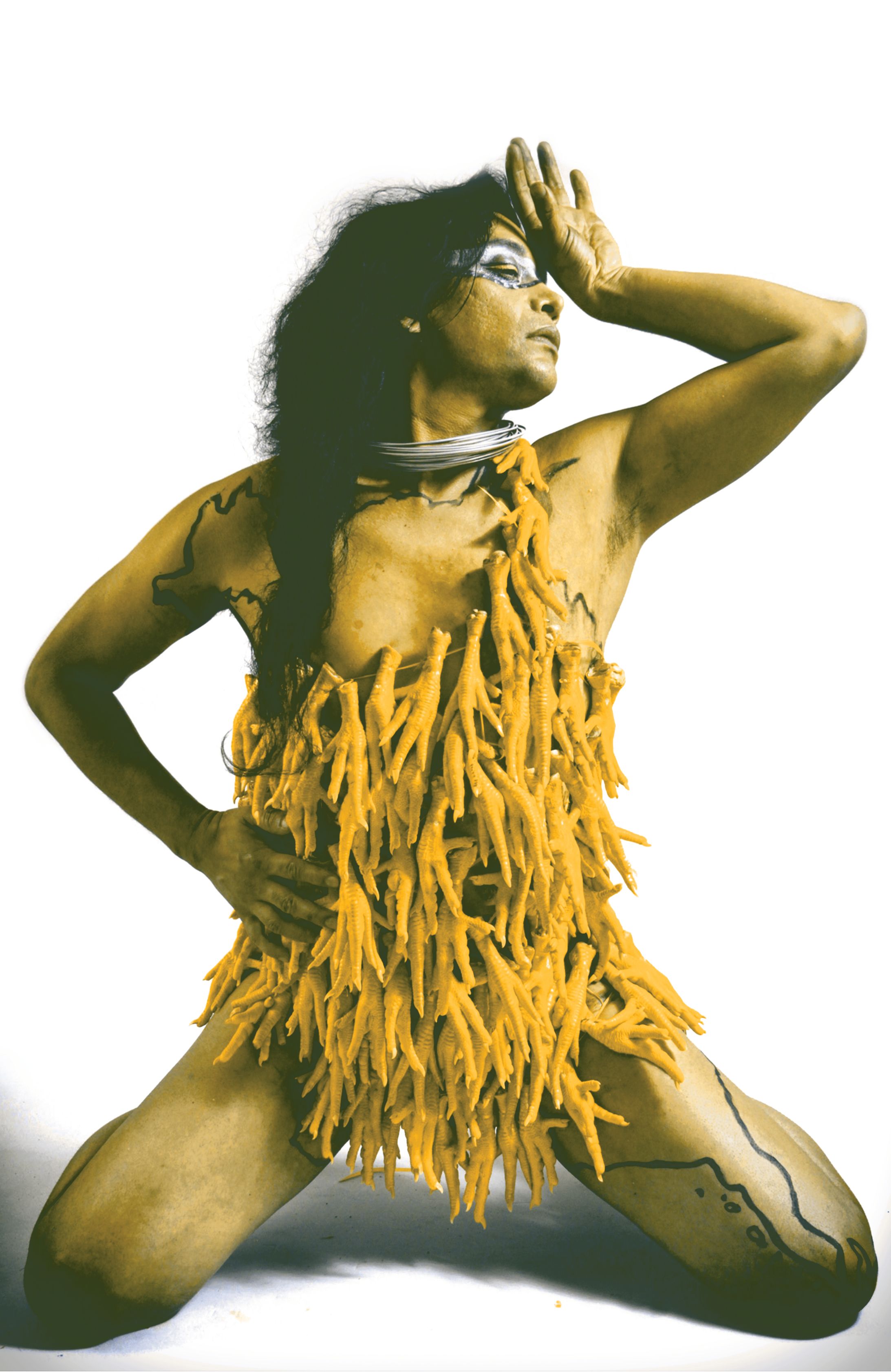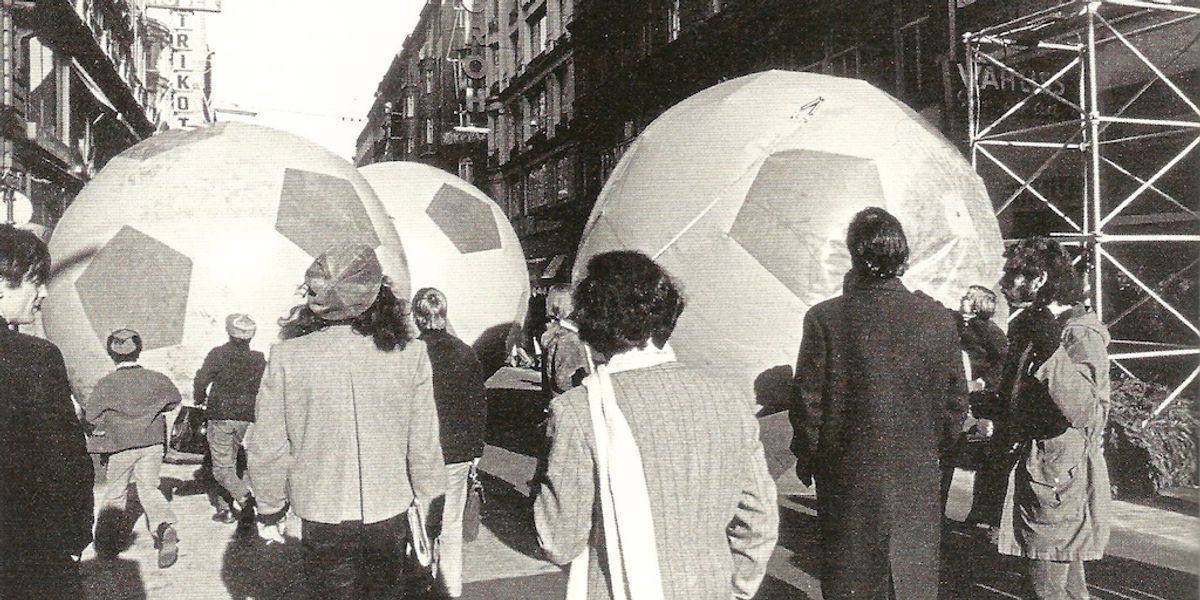I was struck early on in my studies by the lack of diversity in architecture. As a young queer woman I didn’t see myself in who we were reading, referencing or studying. Now I realise how troubling it is for a discipline that is responsible for shaping the material reality of individuals and communities with a multiplicity of identities and experiences. Just as the figure of the male-genius has and needs to continue to be problematised in other fields, it is the same in architecture. Such a myth leads to uncaring and unsustainable practices shaped by power, privilege and individualism. This motivation has led me to research interests such as feminist science fiction. I see feminist science fiction as a genre through which we can not only critique architecture but also speculate other forms. I’m particularly interested in books by authors such as Ursula K. Le Guin, Octavia E. Butler, R.B. Lemburg, Ellen van Neerven and N.K. Jemisin, that reimagine bodies, social/political structures, and gender and sexuality. In the process of worldbuilding the author acts as an interior architect, architect, and urban planner. This research shaped my master thesis Out of Place, Out of Time and the project Rainbow Palace, a text published by Karmaklubb* that I have also presented as performative readings and a video work. The projects Dissident Publics at ROM in Oslo, co-curated with Exutoire and NOGOODS (myself and Danja Burchard), and Hosting Space at Hordaland Kunstsenter (HKS) in Bergen, which I curated, both stem from my interest in queer and feminist approaches to spatial practice. They explore other ways of doing architecture. Hosting Space, for example, began with an invitation from HKS to redesign their reception, bookstore and café. The brief from the art centre was to design a space that reflected their mediation approach, which aims to position the visitor and the institution on an equal level. In response, and over many conversations with HKS, I developed Hosting Space, with the understanding that it is both the material (furniture, doors, surfaces etc.) and immaterial structures (noise levels, communication, programming etc.) of a building that affects a visitor’s access to or experience of it. Through discursive events as well as a renovation, one focus of the project was to explore in what way space does or does not welcome, host and care for particular bodyminds. I invited guests to facilitate various events, amongst them fem_arc and Jos Boys (The DisOrdinary Architecture Project), who are both engaged in challenging the norms of how we create space and for whom.


